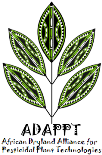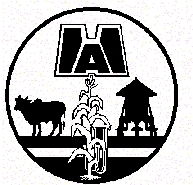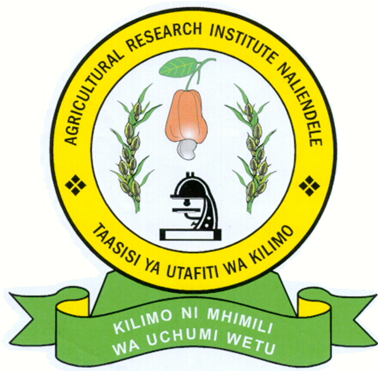| Home |
| What's New? |
| Pesticidal Plants |
| Objectives |
| Activities |
| Our Advisors |
| Plants Database |
| Partners |
| Publications |
| Links |
| Contact Us |
| Using this Site |
| The 1st International Conference on Pesticidal Plants |
Euphorbia
tirucalli
Euphorbiaceae
General
Fact sheet about Euphorbia tirucalli
Unarmed, succulent shrub to 5 m, or a small tree to 12 m, with brittle succulent branches which are often whorled, c.7 mm thick, green with fine longitudinal white striations. Leaves few, linear-lanceolate to narrowly obovate, fleshy, present only on new growth and quickly deciduous. Cymes 2-6, congested at apices of branchlets, forking 2-4-times, producing cyathia, these usually either all male or all female. Cyathium c.3 × 4 mm; glands to 1.5 × 2 mm, 5, subspherical to transversely elliptic, bright yellow; lobes c.0.5 mm, triangular. Capsule c.8 × 8.5 mm, subspherical, glabrescent, exserted on a tomentose pedicel. Seeds 3.5 × 2.8 mm, ovoid, smooth. Found in open woodland; very frequently planted and naturalising near habitation.
Plant parts with insect-controlling
properties
Branch
Mode of action
Target organisms
Aphids, termites, cutworms, leaf blight, general
grain pests
Preparation and application
Take a mature branch of the plant and pound it finely.
This pastre is dipped into a 10 litres container filled with water and
allowed to extract for some time. The solution is filtered and ready to
be sprayed.
To control cutworms 10 drops of oozing sap from a cut branch are collected, added to 1 litre of water and ready to use.
For general grain pests, branches are burnt to obtain its ash. One teacup full of ash is mixed with 20 litres of grain.










